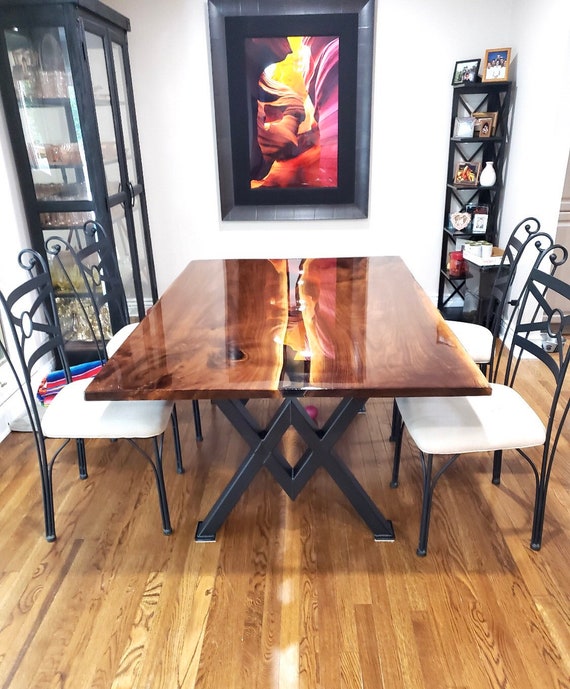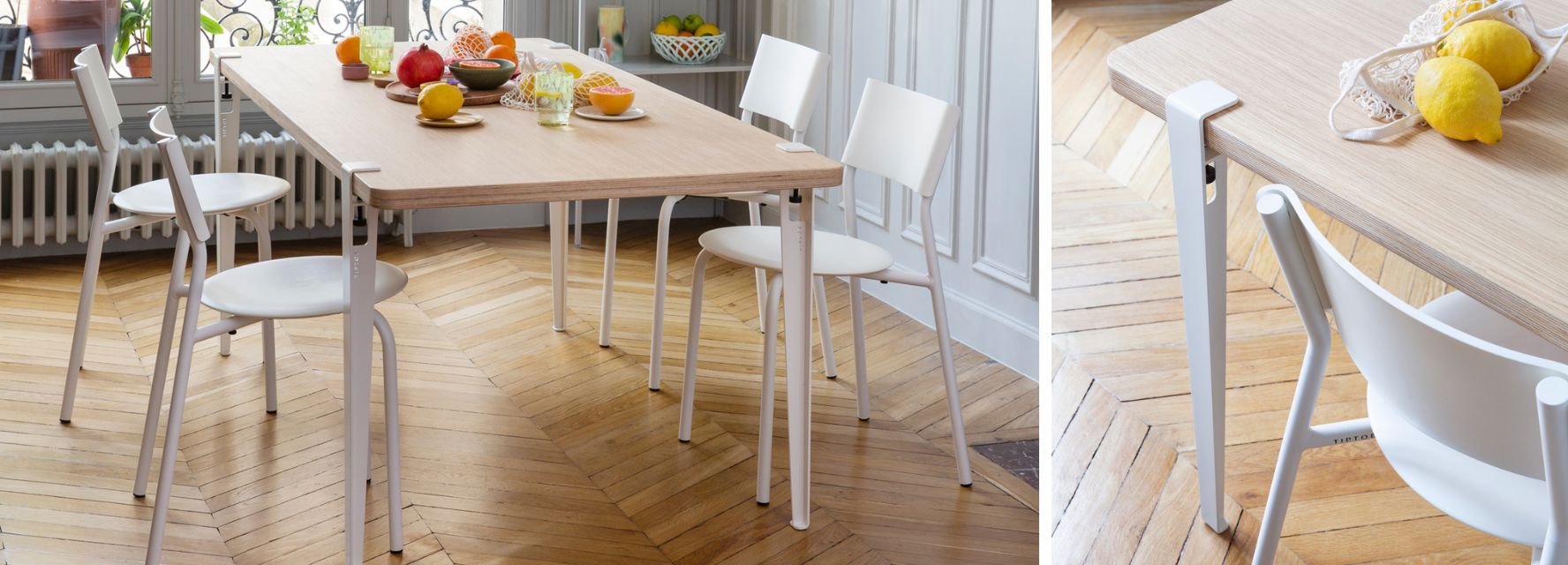How the Right Dining Room Table Legs Can Complete Your Dining Room Look
How the Right Dining Room Table Legs Can Complete Your Dining Room Look
Blog Article
From Standard to Modern: Discover the Suitable Eating Area Table Legs for Your Design
While traditional layouts such as cabriole and transformed legs evoke a sense of ageless elegance, modern designs like hairpin and geometric alternatives present a possibility for striking aesthetic rate of interest. As you think about these elements, the question continues to be: how can you seamlessly incorporate these diverse leg styles to create a harmonious dining experience?
Understanding Table Leg Styles
The range of dining-room table leg styles can substantially influence both the looks and functionality of the space. Each leg style adds one-of-a-kind functional attributes and visual elements, satisfying varied style choices and use needs. Comprehending these styles is critical for selecting the right eating table that straightens with your total interior decoration vision.
As an example, conical legs supply a tidy, traditional appearance that can enhance a space's elegance, while stand bases supply stability and make the most of legroom, making them ideal for smaller rooms. Barrette legs, a hallmark of mid-century contemporary layout, present a commercial style, enabling an airy, open feel. Trestle legs stimulate rustic beauty, offering durable support and a sense of eternity.
Wooden legs can bring heat and appearance, whereas steel choices commonly communicate a sleek, contemporary ambiance. Ultimately, understanding table leg designs is vital for developing a natural eating area that shows individual design while making certain functionality and convenience.
Traditional Table Leg Options
When picking dining-room table legs, traditional choices frequently embody timeless style and craftsmanship. These layouts show a rich heritage and a dedication to top quality, making them perfect for those that value timeless visual appeals.
One of the most legendary conventional leg designs is the cabriole leg, characterized by its elegant bent form. This style usually features ornamental carvings and is most typically discovered in Queen Anne and Chippendale furnishings. Another preferred option is the turned leg, which flaunts a series of smooth, rounded shapes that offer a classic appearance while keeping security.
Moreover, the straight leg, while basic, supplies a durable and basic structure that can mix effortlessly with a variety of tabletop styles. For those drawn to ornate outlining, claw-and-ball feet legs evoke a feeling of magnificence and can offer as a spectacular centerpiece in any type of dining room.
Finally, pedestal bases, although not purely legs, give an alternative conventional option that permits sufficient legroom and can be wonderfully carved. Each of these traditional leg designs contributes to the total setting of a dining-room, weding feature with aesthetic charm.

Modern Table Leg Layouts
Modern table leg designs supply a diverse array of designs that stress cutting-edge products and clean lines. These styles commonly focus on functionality while functioning as striking prime focus within an eating area. Minimal aesthetics prevail, with legs crafted from products such as metal, glass, and engineered wood, which add to a contemporary and airy feeling.
One popular design is the barrette leg, characterized by its slender, conical structure that provides stability without overwhelming the tabletop (dining room table legs). This design is frequently located in mid-century modern furniture and can easily enhance various table forms. One more trend is making use of geometric forms, where legs may tackle asymmetrical or angular types, adding aesthetic rate of interest and a touch of virtuosity

Mixing Designs for Special Rooms
Typically, house owners seek to create unique eating rooms that show their personal design by mixing different design aspects. This technique allows for the unification of diverse aesthetic appeals, leading to a harmonious yet distinctive atmosphere. For example, coupling a rustic wood table with streamlined, contemporary metal legs can create an appealing contrast that elevates the room's total charm.
In addition, integrating vintage table legs with modern tabletops can stimulate a feeling of history while keeping a contemporary sensibility. Such mixes not just showcase specific preference yet likewise encourage creative thinking, permitting property owners to curate a space that really feels both individual and inviting.
Shade plays an important duty in this mixing process; selecting table legs that complement or contrast with the existing color design can improve visual rate of interest. For instance, whitewashed legs can soften the daring of a dark table surface area, producing a balanced visual.
Tips for Selecting the Right Legs
Picking the right table legs is crucial for attaining both functionality and aesthetic charm in your eating space. Begin by taking into consideration the general style of your area. Standard setups gain from legs that include detailed makings or transformed layouts, while contemporary areas may call for sleek, minimalist designs.
Following, examine the height and stability of the legs. dining room table legs. Standard eating tables vary in between 28 to 30 inches in height, so make sure the legs enhance this dimension for comfort. Additionally, durable products, such as hardwood or steel, can improve stability and durability
Review the leg form as browse around here well-- options include right, tapered, or stand designs. Straight legs supply a traditional look, while conical legs can include a touch of beauty. Pedestal bases give sufficient legroom and are perfect for smaller areas.
Final Thought
In recap, choosing the excellent eating space table legs requires mindful consideration of both modern and traditional designs. Typical options such as cabriole and transformed legs supply ageless style, while modern styles like hairpin and geometric forms supply a contemporary touch. By balancing leg style, height, and product with the general decor, a cohesive and welcoming atmosphere can be attained. Eventually, the picked table legs need to mirror the desired visual, boosting the dining experience within the space.
The selection of eating room table leg designs can significantly affect both the visual appeals and functionality of the area. Eventually, understanding table leg designs is essential for creating a natural dining location that mirrors personal style read this article while making certain practicality and comfort.One of the most renowned traditional leg designs is the cabriole leg, identified by its stylish rounded shape. Straight legs supply a traditional appearance, while tapered legs can include a touch of style.In summary, picking the optimal dining room table legs calls for mindful factor to consider of both conventional and contemporary styles.
Report this page